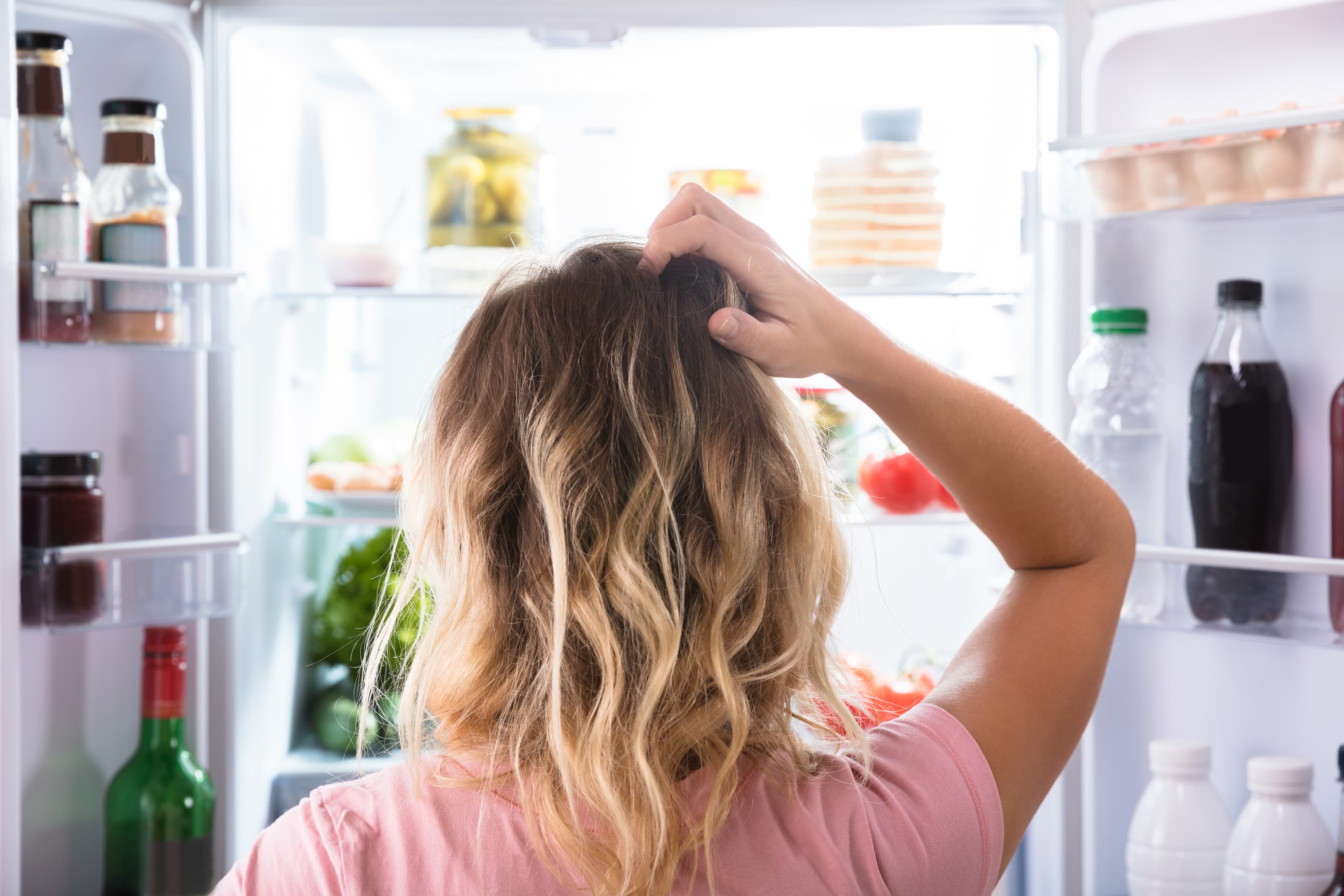Weight loss
Trim the extra pounds, not your joy.
Shido tailors fitness & nutrition strategies to help you reach your ideal weight, sustainably and healthily.
We use cookies to measure usage data. By using Shido you accept our use of cookies
ok
Trim the extra pounds, not your joy.
Shido tailors fitness & nutrition strategies to help you reach your ideal weight, sustainably and healthily.
Feeling low? Shido is here to lift you up.
Our platform offers scientifically backed mental wellness techniques to manage stress, soothe anxiety, & uplift your mood.
Strengthen your first line of defence.
Shido guides you with diet & lifestyle changes to boost your immune system & promote a healthier gut.
Soothe your senses & boost your zzz’s.
Shido optimises your sleep routine & relaxation habits for improved rest & rejuvenation.
Don’t just survive, thrive!
Shido provides daily routines to boost your energy levels & enhance your zest for life.
Sharpen your mind with Shido
Get personalised strategies to enhance cognitive function, improve concentration, & boost memory retention.

Everyone’s been there: You’re in the kitchen after a long day and you’re looking through your cupboard for a convenient snack to eat. You nibble on some cashew nuts, whilst you make yourself an oat milk latte to drink, along with your favourite organic granola bar. But as you wave those hunger pangs goodbye, should you be concerned about ingesting those pesky little fungi called mycotoxins along with your snack?
As the name suggests, mycotoxins are toxins that are made by moulds or tiny fungi. They’re basically fungal poisons. These toxins can be made by two different groups of fungi: those that invade before harvest, aka field fungi, and those that invade after harvest, aka storage fungi. So they can be found growing on a range of different crops and foods, including cereals, nuts, dried fruits, spices and even coffee beans if they’re improperly stored.
These chemicals are toxic to a range of organisms, including plants, animals, other microbes and yup, as you might’ve already guessed, us humans too.
Mycotoxin exposure can range from harmless to nasty, with the capability to wreck DNA, and can trigger chronic disease, allergic reactions, asthma, cancers and possibly even death. Yikes. This, reasonably, could be a bit of a cause for concern.
The effects of some food-borne mycotoxins can trigger acute symptoms such as nausea, gastrointestinal disturbances and vomiting. And these symptoms can appear shortly after consuming contaminated foods. But, in the majority of cases, there has to be quite a significant exposure over time, and to an extreme variant - think of it as a cumulative effect that builds up over time.
The key takeaway here is mycotoxins can be pretty darn nasty, but your body has you covered if you make sure your exposure remains low.
There are a range of varieties of mycotoxins (over 300 to be exact), but about 20 have been shown to occur in foods at significant levels. According to experts, these are the mycotoxins that are currently of concern to humans:
Aflatoxin family: These are among the most poisonous, and they grow in soil, decaying vegetation, hay and grains.
Ochratoxin A: This is produced by several species and is a common mycotoxin. Contamination can occur in cereals, coffee beans, dry vine foods, grape juice, wine and spices.
Patulin: This mycotoxin is produced by a range of different species and is often found in rotting apples, mouldy fruits, apple products and grains.
Fusarium family: This toxin commonly occurs in a range of different cereal crops, including wheat, oat and corn.
Now while all of this might sound scary (especially the names of the toxins!), don't worry, it's easy to limit your exposure to mycotoxins, and here’s how…
Some of the foods with the highest contamination rates include corn (arguably one of the worst), peanuts (a close runner up), alcohol (think wine and beers), rye, wheat, barley, soybeans, coconut oil and raisins.
A good starting point would be to lower your exposure to these kinds of foods, especially if you are a heavy consumer of these products.
Other steps that you can follow include:
Look to buy the freshest food possible, ideally locally produced, since this means the food hasn’t been stored away for a very long time.
If you enjoy eating nuts as much as we do, store your nuts and seeds in the fridge unless you are consuming them quickly.
When you’re shopping for coffee, purchase it from suppliers who routinely test for mycotoxin contamination.
Ensure that your foods are stored away properly. Remember: mould love warm and moist environments, so keep your foods stored in a cool, dry environment.
Mycotoxins are basically omnipresent, they’re found everywhere. If you keep your exposure low by consuming foods and drinks that are handled with care and if you keep your living space clean, you’ll be fine. Plus, over 100 countries around the world have specific regulations in place to keep food entering our supermarkets free from highly contaminated products. On the flip side, your liver is always there as a backup for any toxins that do get through, right?